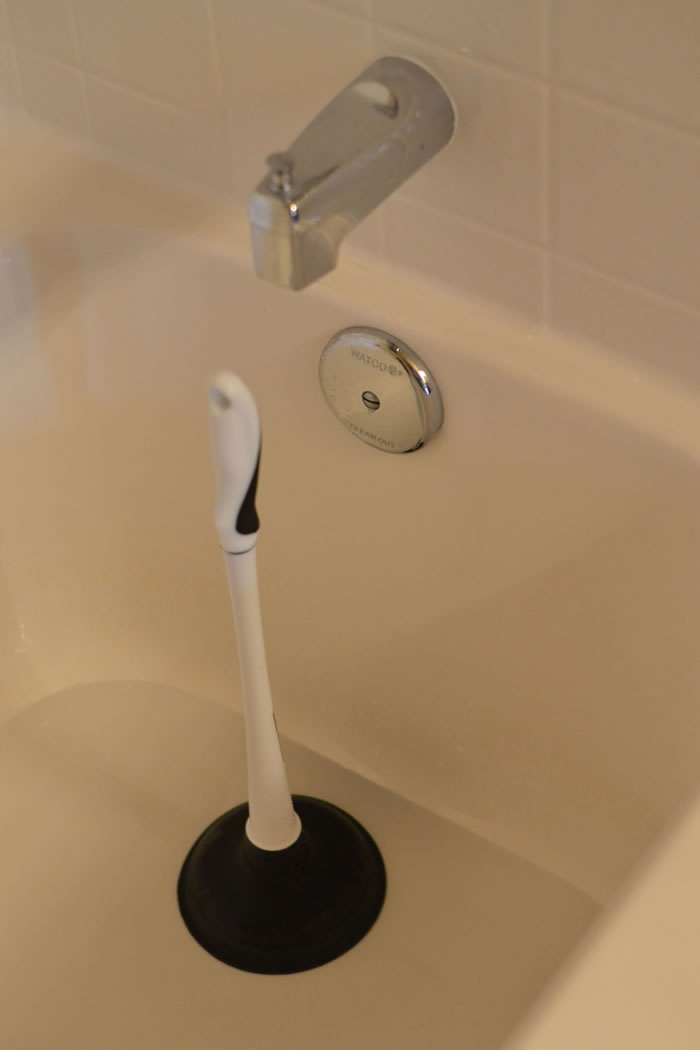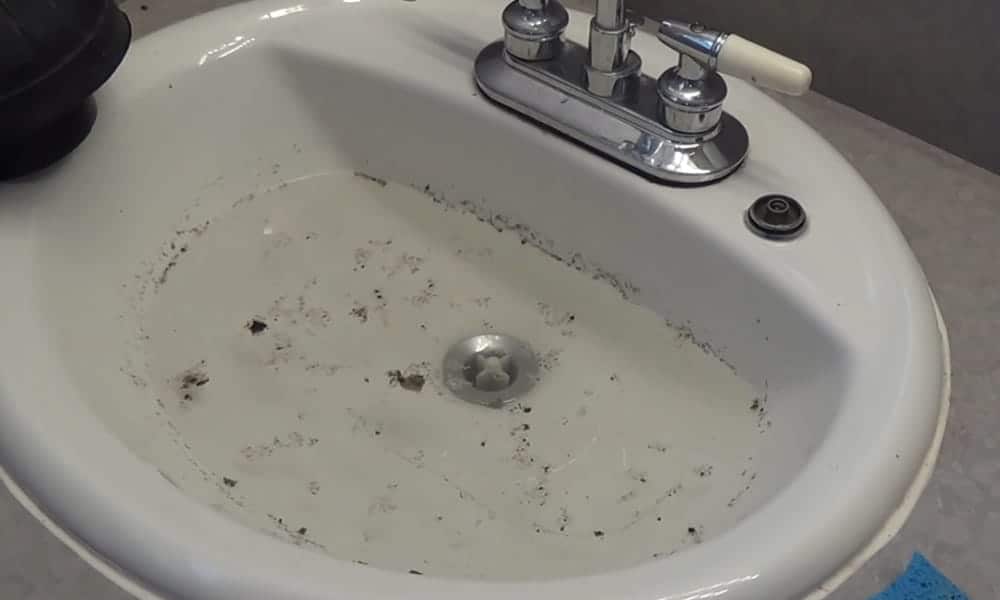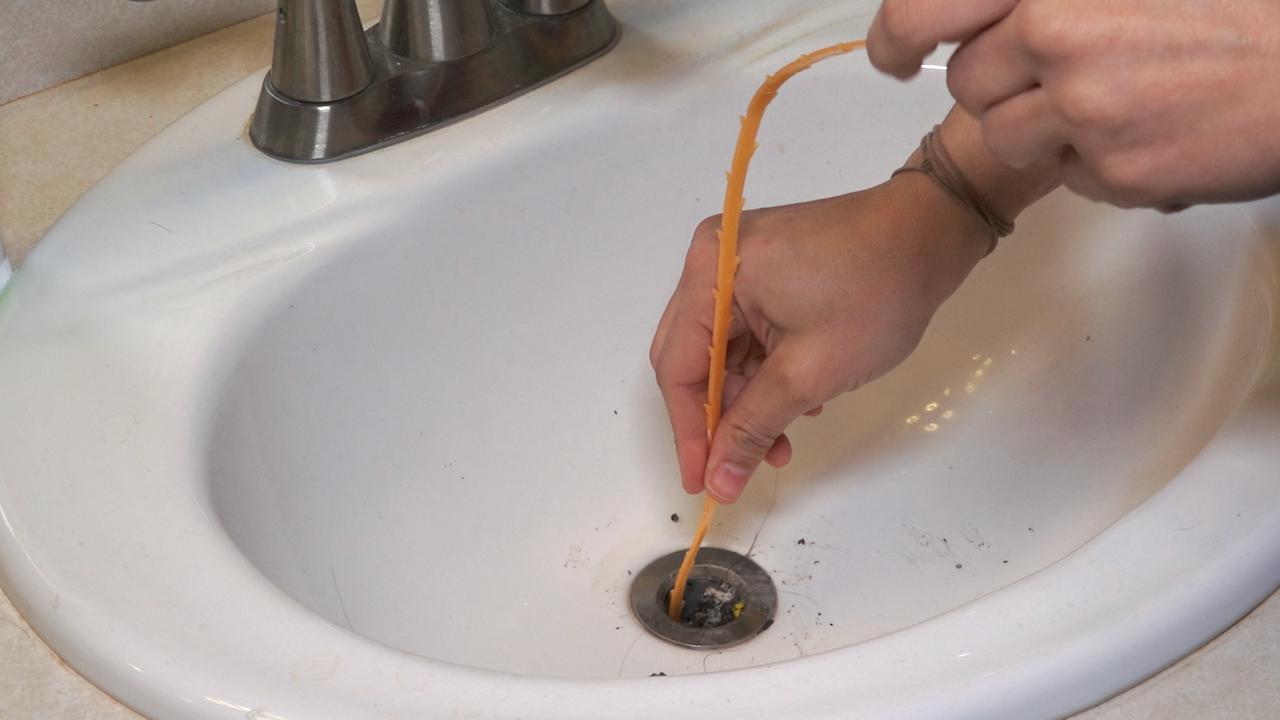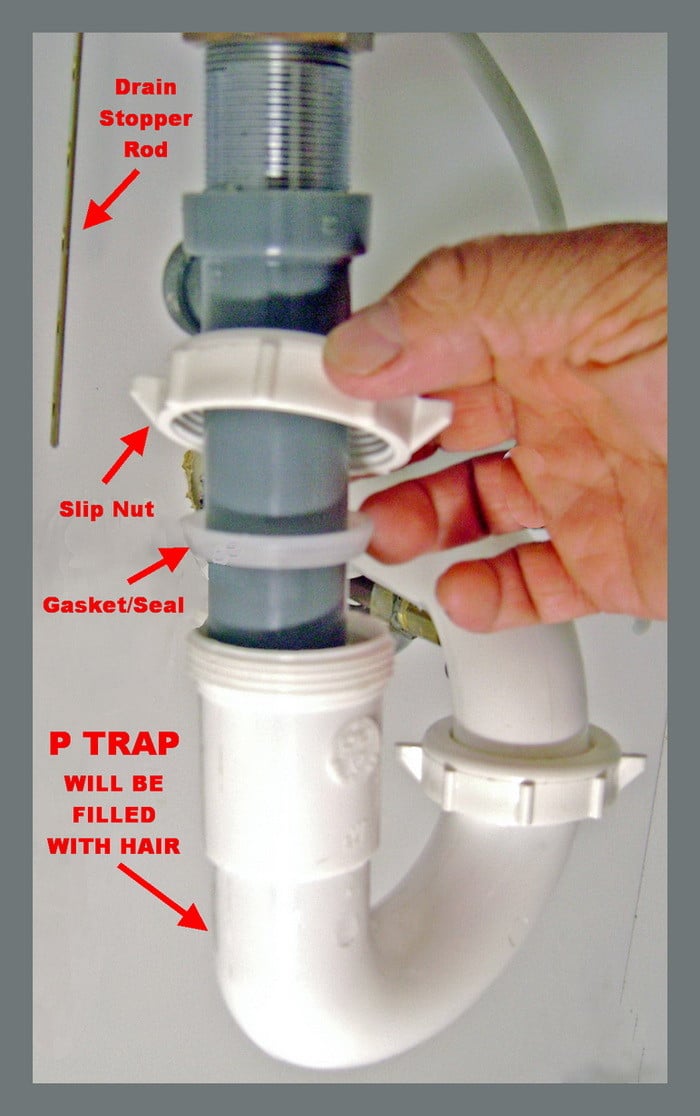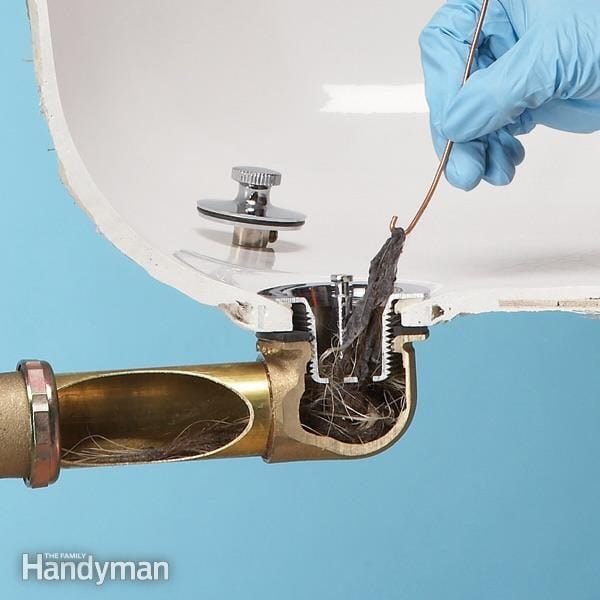Unclogging a bathroom sink drain clogged with hair is a common household maintenance task that can be easily tackled with the right tools and techniques. Hair buildup is one of the most common causes of clogged drains in bathroom sinks, as loose hairs can accumulate over time and create blockages. To unclog a bathroom sink drain clogged with hair, there are several effective methods that homeowners can try before resorting to professional help.
One of the simplest and most effective ways to unclog a bathroom sink drain clogged with hair is by using a drain snake or auger. A drain snake is a flexible tool with a coiled wire or plastic cable that can be inserted into the drain to break up and remove hair clogs. To use a drain snake, simply insert the end of the snake into the drain and rotate it clockwise while pushing it further into the pipe. The snake will grab onto and pull out any hair or debris that is causing the clog, allowing water to flow freely through the drain once again.
Another method for unclogging a bathroom sink drain clogged with hair is by using a plunger. To use a plunger, first remove the sink stopper or drain cover to expose the drain opening. Next, place the plunger over the drain opening and ensure that it forms a tight seal against the surface of the sink. Then, rapidly push and pull the plunger up and down several times to create suction and dislodge the hair clog. After a few repetitions, remove the plunger and run hot water down the drain to flush away any remaining debris.
If the clog persists despite using a drain snake or plunger, homeowners can try using a chemical drain cleaner to dissolve the hair clog. Chemical drain cleaners are formulated to break down organic materials such as hair, grease, and soap scum that can cause clogs in drains. To use a chemical drain cleaner, simply pour the recommended amount of cleaner down the drain and let it sit for the specified amount of time. Be sure to follow the manufacturer’s instructions carefully and use caution when handling chemical drain cleaners, as they can be caustic and harmful if not used properly.
In addition to using mechanical or chemical methods to unclog a bathroom sink drain clogged with hair, homeowners can also try preventive measures to reduce the likelihood of future clogs. Installing a drain cover or strainer over the drain opening can help catch hair and other debris before it has a chance to accumulate in the drain. Regularly cleaning and maintaining the sink stopper and drain cover can also help prevent hair clogs from forming. Additionally, flushing the drain with hot water and vinegar once a month can help dissolve any buildup of hair, soap scum, and other organic materials that can contribute to clogs.
Unclogging a bathroom sink drain clogged with hair is a straightforward task that can be accomplished using a variety of methods. From using a drain snake or plunger to employing chemical drain cleaners or preventive measures, there are several effective ways to remove hair clogs and restore proper drainage to the sink. By following these tips and techniques, homeowners can keep their bathroom sinks running smoothly and free of clogs caused by hair buildup.
Unclog a Bathroom Sink Without Chemicals
Easy Steps to Unclog a Bathroom Sink
An easy way to unclog a sink or shower drain
How to Remove a Sink Stopper
How to Unclog a Sink — The Right Way
How to Unclog a Bathroom Sink – Easily Fix Common Clogs
Ways to Unclog a Slow Running Bathroom Sink Drain – wikiHow
Ways to Remove Hair from a Clogged Drain Mishler Plumbing
How to Unclog a Sink In Easy Ways
How to Unclog a Sink Drain
Guide: How To Unclog A Sink Drain ClearView Services
How to Unclog a Shower Drain Without Chemicals (DIY) Family
Related articles:
- Bathroom Sink Cabinets Modern
- Rustic Bathroom Sink Ideas
- Bathroom Sink Storage Ideas
- Farmhouse Bathroom Sink Ideas
- Bathroom Sinks Blue
- Bathroom Sink 400mm
- Ada Bathroom Sink Dimensions
- Bathroom Sink Marble Countertop
- Bathroom Sink Design Ideas
- Bathroom Sink Pipe Leak Repair
Unclog the Bathroom Sink Drain Hair
A clogged bathroom sink drain can be a frustrating experience, especially when it’s caused by hair. Hair is a common culprit for clogging bathroom sink drains, and it can be challenging to remove once it’s lodged in the drain pipe. In this article, we’ll explore different methods you can use to unclog your bathroom sink drain and prevent future blockages.
Why Does Hair Clog Bathroom Sink Drains?
Hair is one of the most common causes of bathroom sink drain clogs. When you wash your hair or shave, loose hair strands can easily get washed down the drain. Over time, these hair strands can accumulate and form a tangled mass that blocks the flow of water through the drainpipe. Other factors that contribute to hair clogs include using too much shampoo or conditioner, not cleaning the sink regularly, and poor drainage system design.
How to Unclog a Bathroom Sink Drain Hair
Several methods can help unclog your bathroom sink drain when it’s blocked with hair. Here are some of the most effective ones:
Boiling Water
Boiling water is one of the easiest and cheapest ways to unclog your bathroom sink drain. It works by melting and dissolving any accumulated soap scum or grease in the pipes.
To use this method, boil a pot of water on your stove. Once it’s hot enough, carefully pour it down the clogged drain in slow, steady streams. Repeat this process several times until the water starts flowing freely down the drain.
Is boiling water safe for all types of pipes?
Boiling water is safe for most types of pipes except for PVC pipes, which can melt if exposed to high temperatures.
Can I use cold water instead of boiling water?
Cold water may not be as effective as boiling water in dissolving stubborn blockages.
Baking Soda and Vinegar
Baking soda and vinegar are two common household ingredients that can help unclog your bathroom sink drain. Baking soda is a mild abrasive that helps loosen hair and other debris, while vinegar is an acid that dissolves soap scum and mineral buildup.
To use this method, start by pouring a cup of baking soda down the clogged drain. Follow it up with a cup of vinegar. The mixture will fizz and normal bubble. Let the mixture sit for about 30 minutes, then flush the drain with hot water.
Can I use this method if I have a septic system?
Yes, baking soda and vinegar are safe for septic systems.
How often should I use this method?
You can use this method once a month as a preventive measure to keep your drain free from clogs.
Plunger
A plunger is a simple yet effective tool for unclogging bathroom sink drains. It works by creating suction that dislodges any blockages in the pipes.
To use a plunger, first, remove the sink stopper or plug. Then fill the sink partially with hot water to cover the base of the plunger. Place the plunger over the drain and pump it up and down vigorously for about 20 seconds. Repeat this process several times until the water starts draining freely.
Can I use any type of plunger?
A cup plunger (also known as a sink plunger) is best suited for unclogging bathroom sink drains.
What if plunging doesn’t work?
If plunging doesn’t work, you may need to try another method or call a professional plumber.
Drain Snake
A drain snake (also known as an auger) is a flexible tool that can reach deep into your pipes to remove any clogs. It works by manually pushing or rotating the snake through the drain until it reaches the blockage.
To use a drain snake, insert one end into the clogged drain and slowly feed it into the pipe while turning the handle clockwise. Keep pushing the snake until you feel resistance, then turn the handle counterclockwise to release the clog. Pull out the snake and flush the drain with hot water.
Is a drain snake safe for all types of pipes?
A drain snake can scratch or damage certain types of pipes, so it’s best to consult a professional plumber if you’re not sure.
Can I use a drain snake for a double sink?
Yes, you can use a drain snake for a double sink. However, you may need to remove the connecting pipe between the two sinks to access the clog.
Chemical Drain Cleaners
Chemical drain cleaners are powerful solutions that dissolve stubborn clogs in your bathroom sink drain. They work by breaking down hair, soap scum, and other debris into smaller pieces that can be easily flushed out of the pipes.
To use chemical drain cleaners, pour the recommended amount into the clogged drain and let it sit for the specified time (usually 15-30 minutes). Flush the drain with hot water to remove any remaining debris.
Are chemical drain cleaners safe for all types of pipes?
Chemical drain cleaners can damage certain types of pipes, so it’s best to check the label and consult a professional plumber if you’re not sure.
Can I use chemical drain cleaners if I have a septic system?
It’s best to avoid using chemical drain cleaners if you have a septic system as they can harm the beneficial bacteria in your tank.
